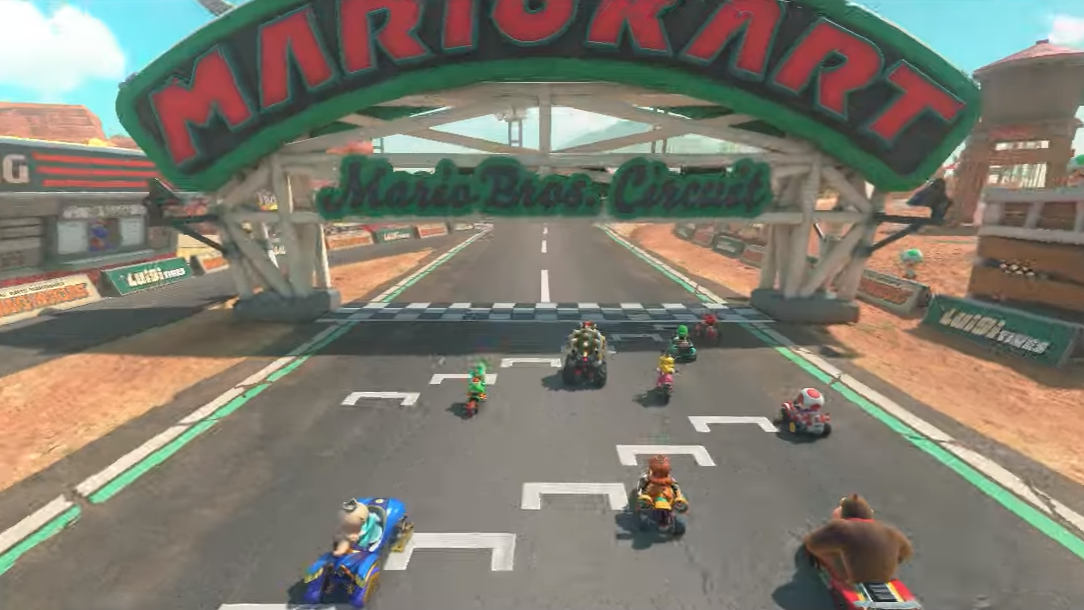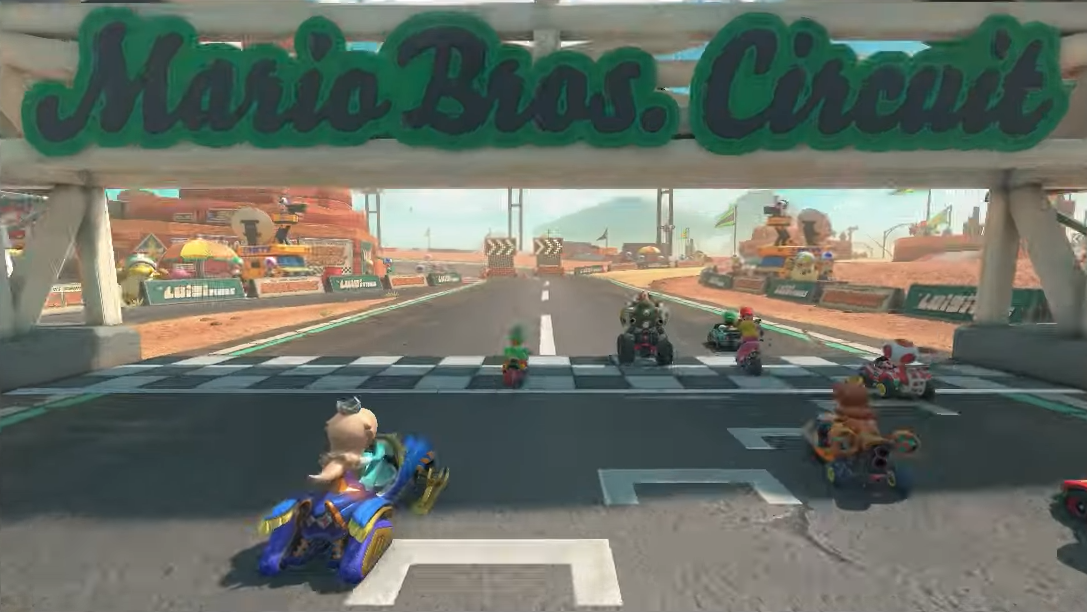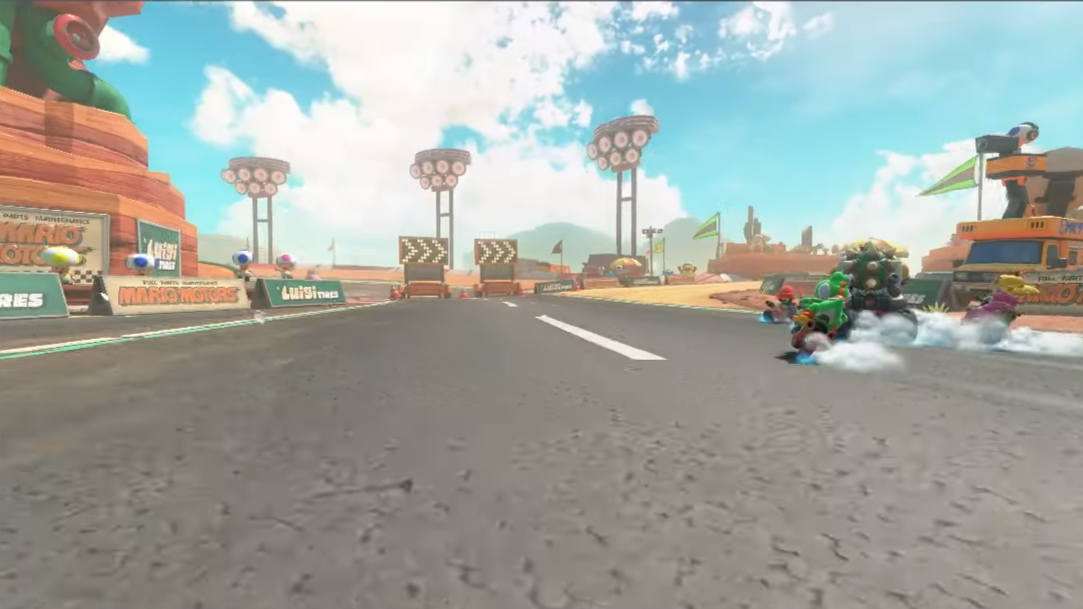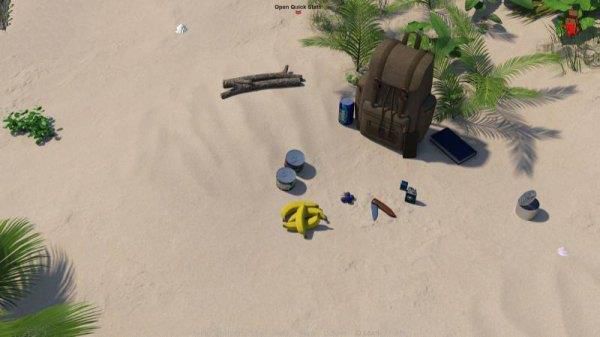The recent unveiling of the Nintendo Switch 2 has stirred excitement among gamers worldwide. While Nintendo has remained tight-lipped about the specifics of its new hardware, a brief glimpse at Mario Kart 9 during the reveal has sparked conversations about the console's potential power. Jerrel Dulay, an indie developer from Sungrand Studios known for his work on the Wii U and 3DS, shared his insights in a new YouTube video (via GamesRadar), suggesting that the Switch 2 could be significantly more powerful than its predecessor.
Mario Kart 9 - First Look

 25 Images
25 Images



Dulay analyzed the Mario Kart 9 footage showcased in the Switch 2 trailer, pointing out the use of "physically-based shaders" on cars and other textures. These shaders, which can be affected by reflections and lighting, indicate a leap in graphical capabilities. According to a late 2023 report by Digital Foundry, the Switch 2 might be powered by the Nvidia T239 ARM mobile chip, boasting 1536 CUDA Cores—a 500% increase from the original Switch's Tegra X1 chip with its 256 CUDA cores. This substantial increase in CUDA core count, along with motherboard leaks revealing an 8nm chip, suggests a significant boost in performance.
Dulay emphasized that the new console's ability to use complex shaders without affecting framerates is a testament to its power. He also highlighted additional features in the footage, such as material reflections from various surfaces and high-resolution ground textures. These textures, which require a lot of memory, are indicative of the Switch 2's rumored 12GB of RAM, a tripling of the original Switch's 4GB. The potential use of SK Hynix LPDDR5 modules, capable of speeds up to 7500MHz, could significantly enhance memory bandwidth and texture loading speeds.
Moreover, Dulay pointed out the presence of "true volumetric lighting" in the Mario Kart 9 teaser, a feature that is computationally demanding. The ability to run games with volumetric lighting at 60 frames per second suggests a powerful GPU. Dulay also noted the rendering of shadows at far distances, another challenging aspect for the original Switch due to its limited processing power.
The increased number of onscreen textures, high poly-count characters, and real-time cloth physics on flagpoles further demonstrate the Switch 2's enhanced capabilities. As we eagerly await more details and footage from Nintendo's upcoming Direct in April, Dulay's analysis provides a tantalizing preview of what to expect from the Switch 2. Stay tuned to IGN for more comprehensive coverage right here.







![NULL [Remastered]](https://imgs.39man.com/uploads/71/1719651062667fcaf6c483b.png)








